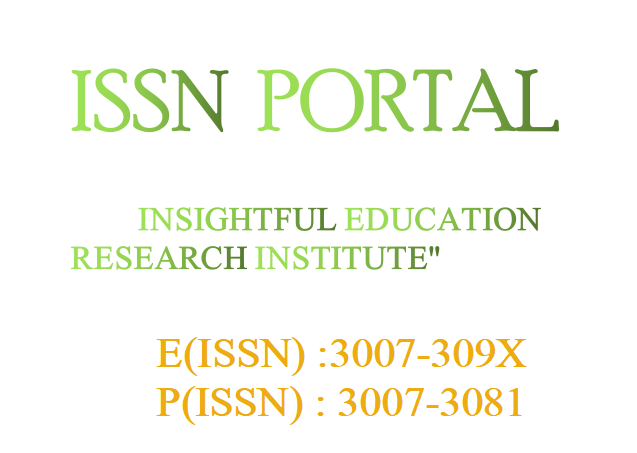CO-SELECTION OF ANTIMICROBIAL RESISTANCE GENES BY HEAVY METAL RESISTANCE IN Staphylococcus aureus: PUBLIC HEALTH IMPLICATIONS
DOI:
https://doi.org/10.62019/99z3v138Keywords:
Staphylococcus aureus, antimicrobial resistance, co-selection, heavy metals, One HealthAbstract
The main cause of significant illness and mortality is Staphylococcus aureus, particularly methicillin-resistant S. aureus (MRSA), which makes antimicrobial resistance (AMR) a major global health concern. The co-selection of antibiotic resistance genes (ARGs) and heavy metal resistance genes (HMRGs) in S. aureus exacerbates this issue since heavy metals in environments such as livestock farms, hospitals, and wastewater treatment plants (WWTPs) promote resistant strains. This review looks at the co-selection mechanisms of co-resistance, cross-resistance, and horizontal gene transfer (HGT) and their public health consequences. It examines how metals like zinc, copper, and cadmium affect ARG selection, particularly in livestock-associated MRSA (LA-MRSA), as well as the function of mobile genetic elements (MGEs). Between 2020 and 2025, case studies and meta-analyses are used to illustrate co-selection dynamics. As information gaps, mitigation measures, and clinical and environmental reservoirs are investigated, a One Health strategy is highlighted.







